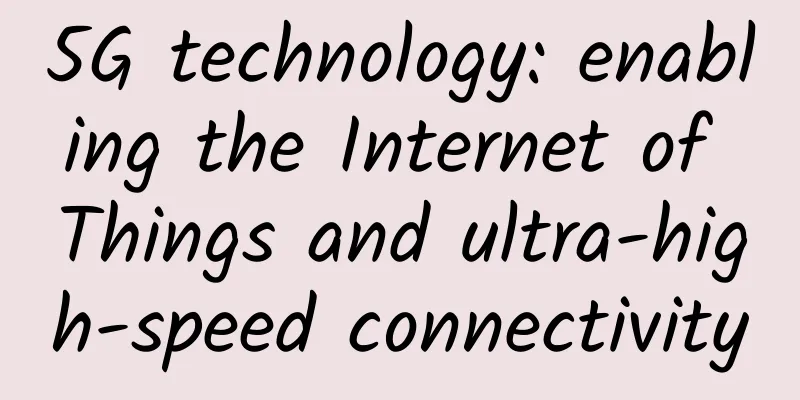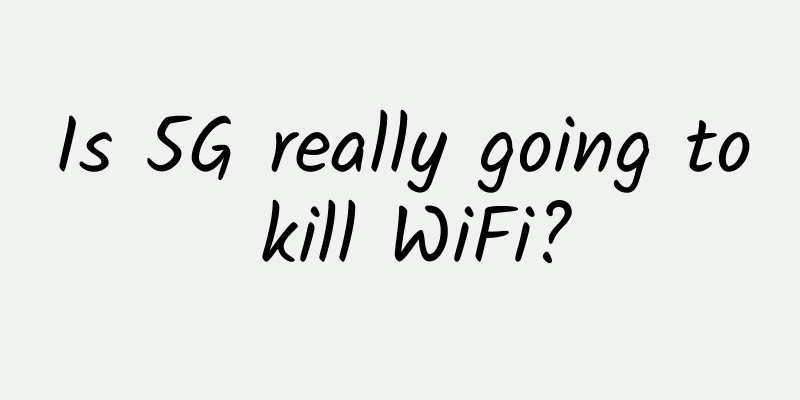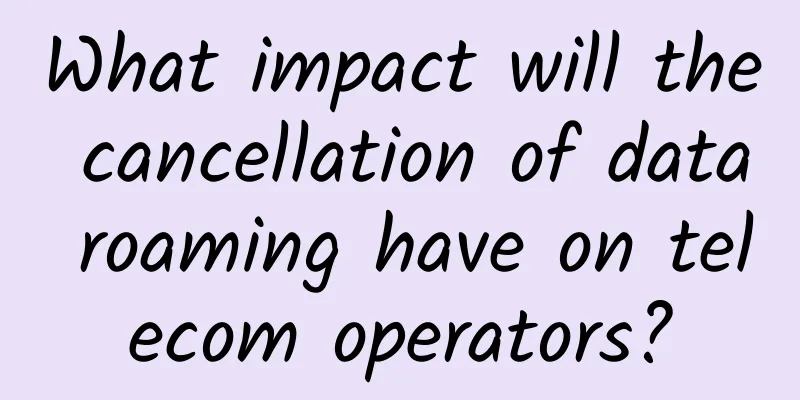5G technology: enabling the Internet of Things and ultra-high-speed connectivity

|
In the digital age where seamless connectivity and real-time communications are essential, 5G technology has emerged as a game changer. 5G, the fifth generation of wireless technology, offers transformative capabilities that revolutionize the way we interact with the internet and drive widespread adoption of the Internet of Things (IoT). This article explores the potential of 5G technology to drive innovation, advance the IoT ecosystem, and provide ultra-high-speed connectivity to redefine the digital landscape. Understanding 5G Technology5G technology represents a significant leap forward in speed, capacity, and responsiveness over its predecessor, 4G. It operates on higher frequency bands, called millimeter waves, which enable faster data transfers and reduced latency. With speeds up to 100 times faster than 4G, 5G unleashes the potential for high-definition streaming, augmented reality (AR), virtual reality (VR), and other data-intensive applications. Implementing the Internet of Things (IoT)One of the most significant impacts of 5G is its role in accelerating the development of the Internet of Things, which refers to interconnected networks of devices and objects that can collect, exchange, and process data without human intervention. With 5G's high speed and low latency capabilities, IoT devices can communicate instantly, enabling smart homes, smart cities, and industrial automation on a large scale. Smart Cities: 5G-driven IoT infrastructure supports smart city initiatives by optimizing traffic flow, improving energy efficiency, and enhancing public safety through real-time data analysis and response. Healthcare: In the healthcare sector, 5G-powered IoT devices enhance patient monitoring, enable telemedicine, and facilitate remote surgery, thereby improving the accessibility and efficiency of healthcare. Transportation: 5G supports vehicle-to-vehicle (V2V) and vehicle-to-infrastructure (V2I) communications, laying the foundation for self-driving cars and safer transportation systems. Industrial Automation: In manufacturing and industry, 5G-connected IoT devices can enable real-time monitoring, predictive maintenance, and process automation, thereby improving productivity and saving costs. Ultra-fast connection and immersive experienceThe high speed and low latency of 5G technology provide users with unparalleled connectivity and immersive experiences: Enhanced streaming: 5G enables high-quality streaming of 4K and 8K videos on mobile devices, providing users with an immersive mobile entertainment experience. Virtual and augmented reality: 5G’s low latency ensures smooth and responsive VR and AR applications, from gaming to virtual meetings and training simulations. Remote work and collaboration: With 5G, remote work and collaboration are seamless, allowing uninterrupted video conferencing, file sharing, and real-time data analysis. Challenges and deploymentWhile 5G technology has great potential, its deployment is not without challenges: Infrastructure: Implementing 5G will require significant infrastructure upgrades, including the installation of new base stations and antennas. Spectrum allocation: Governments need to allocate sufficient spectrum for 5G services to ensure optimal performance and coverage. Security Concerns: Like any new technology, 5G brings security challenges that must be addressed to protect user data and privacy. in conclusion5G technology represents a paradigm shift in the way we connect, communicate, and interact with the digital world. By enabling the Internet of Things and delivering ultra-high-speed connectivity, 5G paves the way for unprecedented innovation and transformative experiences. As 5G networks continue to expand around the world, the full potential of this revolutionary technology will be unleashed, propelling us into a future where the internet is more pervasive, intelligent, and responsive than ever before. As we embrace the power of 5G, we stand on the cusp of a new era that redefines the way we live, work, and thrive in a connected world. |
<<: RedCap Will 5G spark an IoT gold rush?
>>: It is urgent for operators to improve network operation and maintenance
Recommend
Virtono: €29.95/year KVM-1GB/30GB/2TB/10 data centers available
Virtono recently launched the SPRING SALE 2022 ev...
OneTechCloud: Hong Kong CN2 quarterly payment 20% off 64 yuan/quarter, Hong Kong BGP monthly payment 30% off 46 yuan/month, US CN2 GIA monthly payment 10% off
OneTechCloud is a Chinese hosting company founded...
Ethernet Technology Alliance announces completion of 800Gb Ethernet specification
The 800Gb Ethernet specification doubles the top ...
RackNerd: AMD Ryzen series KVM adds Seattle data center, starting at $14.18 per year
RackNerd has previously launched AMD Ryzen CPU+NV...
How to deploy 5G and edge computing?
The telecommunications sector around the world is...
Ruijie Networks Completes SA-Based 5G Small Cell Test in China Mobile Laboratory
Ruijie Networks has always adhered to the concept...
5G is in the ascendant, and 6G is coming. Learn about the latest developments and trends
The latest research shows that 5G networks are fa...
In the first half of the year, the number of Internet users in my country reached 940 million, and the number of active IPv6 users reached 362 million.
Yesterday, the China Internet Network Information...
GSMA Liu Hong: Who will build the 5G private network? Let the operators do it
[[383535]] 5G has the characteristics of high spe...
Security advantages and challenges of HTTP3 protocol
HTTP/3 is the third official version of the Hyper...
Analysis of the Four Major Disaster Recovery Technologies in Data Centers
Disaster recovery technology means that when a da...
Why are there IPv4 and IPv6, but no IPv5? What is IPv10?
As the country vigorously promotes the developmen...
One of the most popular network protocols - LoRaWAN?
Communication and network protocols are an essent...
Another global battle for 5G has begun! What should China do?
At present, in addition to 5G, another global com...









